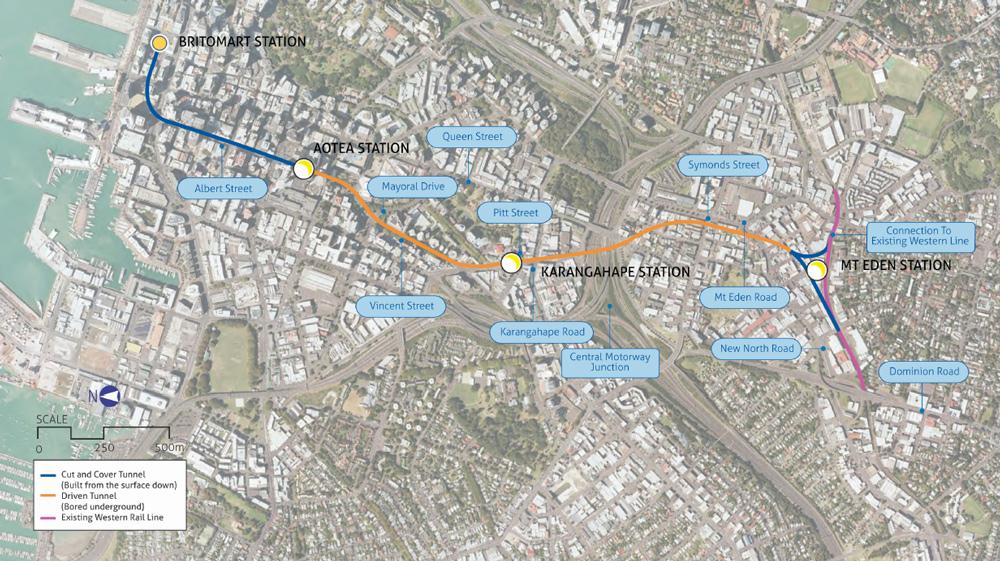
3 minute read
7. Contingency measures
7.1 Unexpected discovery of contamination
If during earthworks, contaminated soils or hazardous material in addition to those described in Section 3.3 is encountered, work in the area of concern shall cease until the CLS has assessed and identified the material.
Evidence of additional contamination likely to trigger a stop work procedure may include:
Visual (buried refuse, metal objects, building material, soil or water staining/bleaching or discolouration); Chemical odours (fuel, sulphurous, rotting vegetation or sewage); Separate phase liquids or ‘rainbow effect’ films on groundwater; Auditory (gas leaks, flowing or dripping liquid); and Fibrous cement based board materials that may contain asbestos.
If any such indicator is observed during earthworks, the following steps should be taken:
Cease all work within a 10 m radius and make the work area safe and restrict access to all workers until instructed by the ESM or delegate; Shut off all ignition sources and, if possible, contain any contaminant discharge and close/divert any water flow; Advise the ESM; Work shall not resume until the ‘all clear’ is given by the ESM; The ESM (in consultation with the CLS) shall assess the site. If the assessment concludes that confirmation of contamination is required, the following actions shall be implemented: o Control the site: install temporary fencing, temporary cover, silt traps and bunding as required around the area of potential contamination o Small volumes of excavated soil shall be contained in covered skips to minimise contaminated discharges from rainfall runoff and dust o If this is not possible, larger volumes shall be covered and bunded to manage dust and stormwater runoff o Potentially contaminated water shall be collected and disposed of to an appropriately licensed treatment facility. It must not be discharged to the construction stormwater system o Samples of the suspect material shall be collected (by the CLS or delegate) for laboratory analyses using appropriate procedures (refer Section 5.10) The results of the laboratory analysis shall be assessed against the relevant human health and environmental discharge regulatory standards/acceptance criteria as appropriate; The CLS should be consulted on the handling and management of contaminated soil and/or water, and any specific health and safety precautions that may need to be taken to minimise risk to construction workers/and or the general public; Any soils or material requiring off-site disposal must be disposed of at facilities consented to accept the material; and Maintain a register of any additional contaminated material discovered, including location, type, quantity and disposal record (disposal receipts). This information will be documented in the Site Validation Report (refer Section 8).
Where unexpected contamination is significantly different in extent and concentration from that anticipated, the Council (Team Leader Central Monitoring) will be advised prior to carrying out any further work in the area of the unexpected contamination.
7.2 Water discharges
As described in Section 5.6, where the quality of water being discharged from the site cannot meet the standards required for discharge to stormwater, or unexpected contamination conditions are encountered (refer to Section 7.1), additional controls will be required.
If unexpected contamination conditions are encountered the area in which unexpected contamination conditions have been encountered shall be isolated so that site water from this area can be separated from that generated across the wider site.
A number of options could be employed if the quality of water being discharged from the site cannot meet the standards required for discharge to stormwater on an ongoing basis, including, but not limited to:
Improving effluent quality through additional treatment; and/or Collection (for example by tanker trucks) for off-site disposal to an appropriately licensed facility; and/or Discharge to sewer, subject to removal of sediment and issue of any necessary temporary trade waste permits.
The CLS shall be consulted to assist with defining appropriate control measures in the event that the standards required for discharge to stormwater cannot be met.




